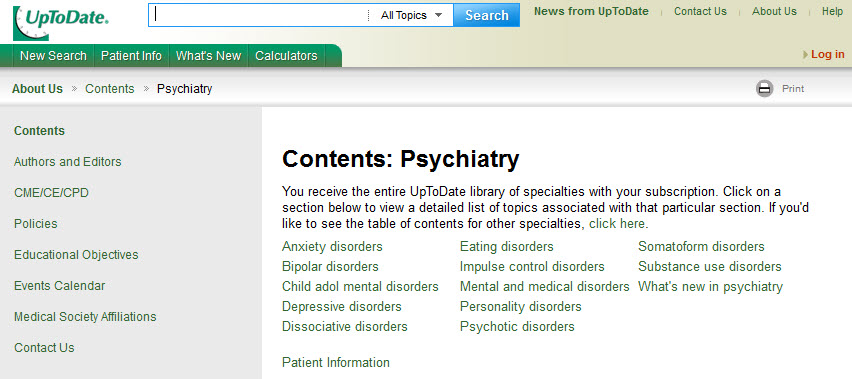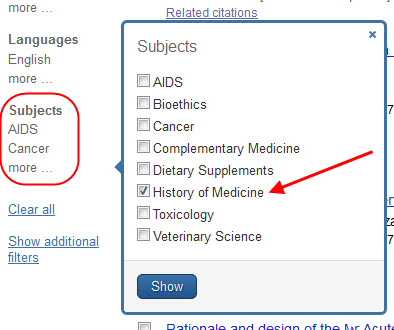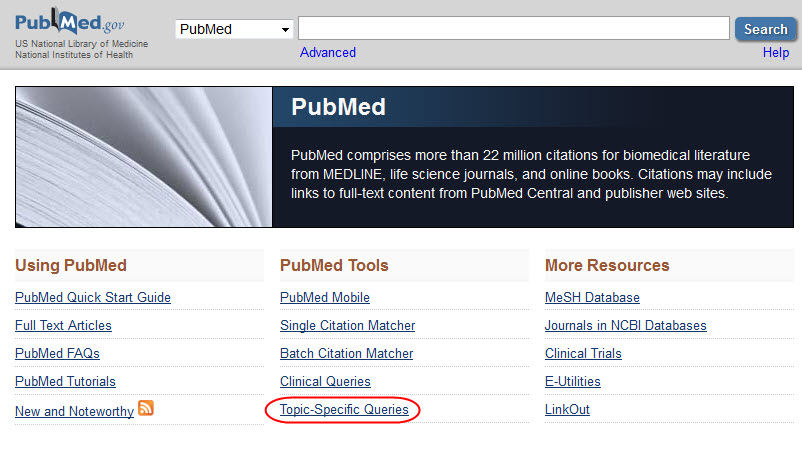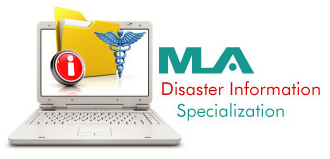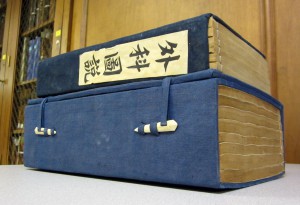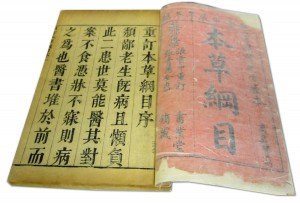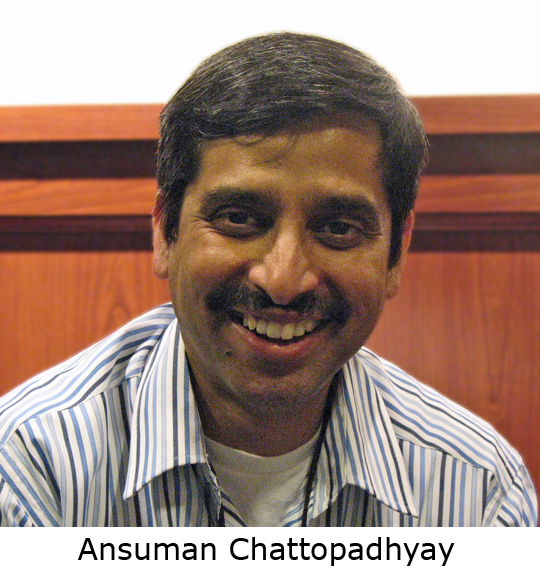Pitt recently implemented a quick and easy way to access electronic resources when you are off campus. The new system is called EZproxy. Using EZproxy means that you’ll no longer have to log in via Pitt’s Secure Remote Access service.
To access e-resources remotely using EZproxy, follow these simple steps:
- From the HSLS home page, navigate to the e-resource you want to access.
- Click on the e-resource’s link.
- A pop-up box will appear.
- Enter your Pitt Computer Account username and password.
- The e-resource is now ready to be used.
You do not need to log in again for the rest of your session as long as you stay within the same browser. This means that you can search different databases, view e-journal articles, read e-book chapters, and more, all within the same session without being prompted to log in again.
In order for EZproxy to work correctly, you must set your browser to allow cookies.
See the following FAQs for more information:
- What are the benefits of EZproxy?
You will no longer need to remember to log into Pitt’s Secure Remote Access service before using HSLS e-resources.
- How do I log in?
You will automatically be prompted to log in when EZproxy recognizes you as being off campus.
- Can I open new tabs in the same browser?
Yes, you can open new tabs in the same browser. However, if you switch browsers after you have logged in, you will be prompted to log in again.
- What should you do if you have a problem logging in?
You need to log in with a valid Pitt Computer Account. Make sure you’ve entered your username and password correctly. Also, be sure your Computer Account is current. For help with your Computer Account, please call 412-624-4357 (available 24/7) or e-mail the CSSD Help Desk.
- How do I report e-resource access problems?
To report e-resource access problems, e-mail Ask a Librarian.
UPMC users should continue to access HSLS e-resources through Connect@UPMC when off the UPMC Network.
~ Liping Song

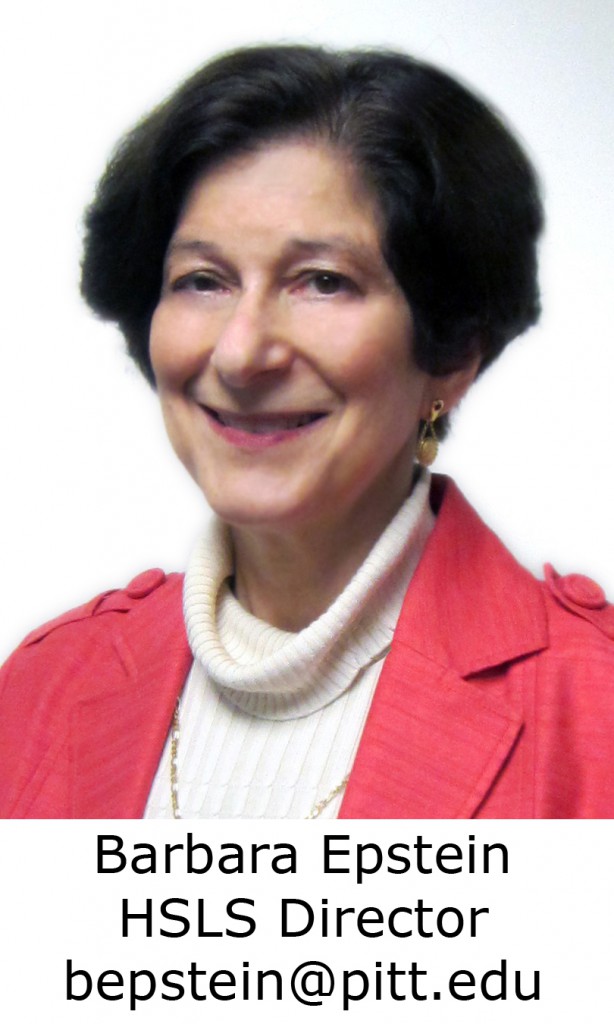

 Nancy Tannery, HSLS senior associate director, was recently appointed to the National Library of Medicine’s Literature Selection Technical Review Committee (LSTRC) for a four year term. The purpose of this committee is to review journals for inclusion in MEDLINE, the world’s premier database of biomedical journal literature. The committee consists of approximately 14 members who meet three times a year. Only two members of the committee are librarians. Other members are selected based on their scientific expertise and experience.
Nancy Tannery, HSLS senior associate director, was recently appointed to the National Library of Medicine’s Literature Selection Technical Review Committee (LSTRC) for a four year term. The purpose of this committee is to review journals for inclusion in MEDLINE, the world’s premier database of biomedical journal literature. The committee consists of approximately 14 members who meet three times a year. Only two members of the committee are librarians. Other members are selected based on their scientific expertise and experience.